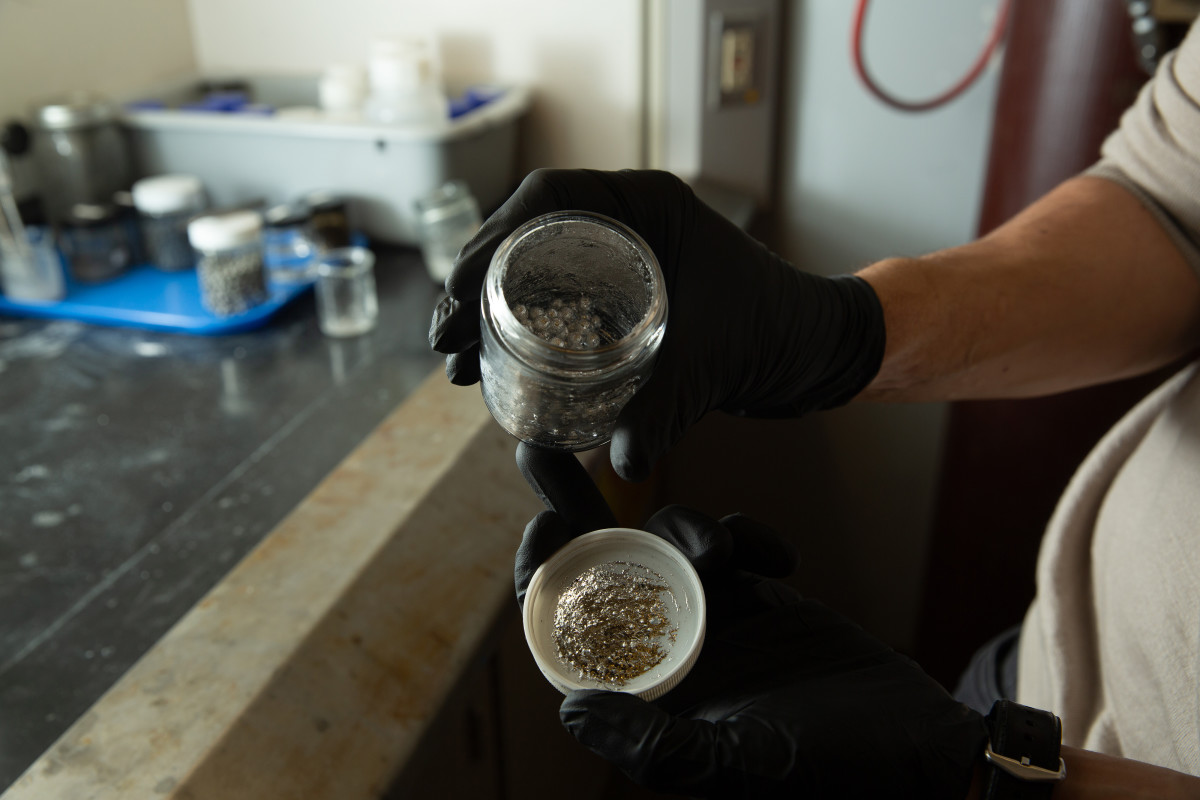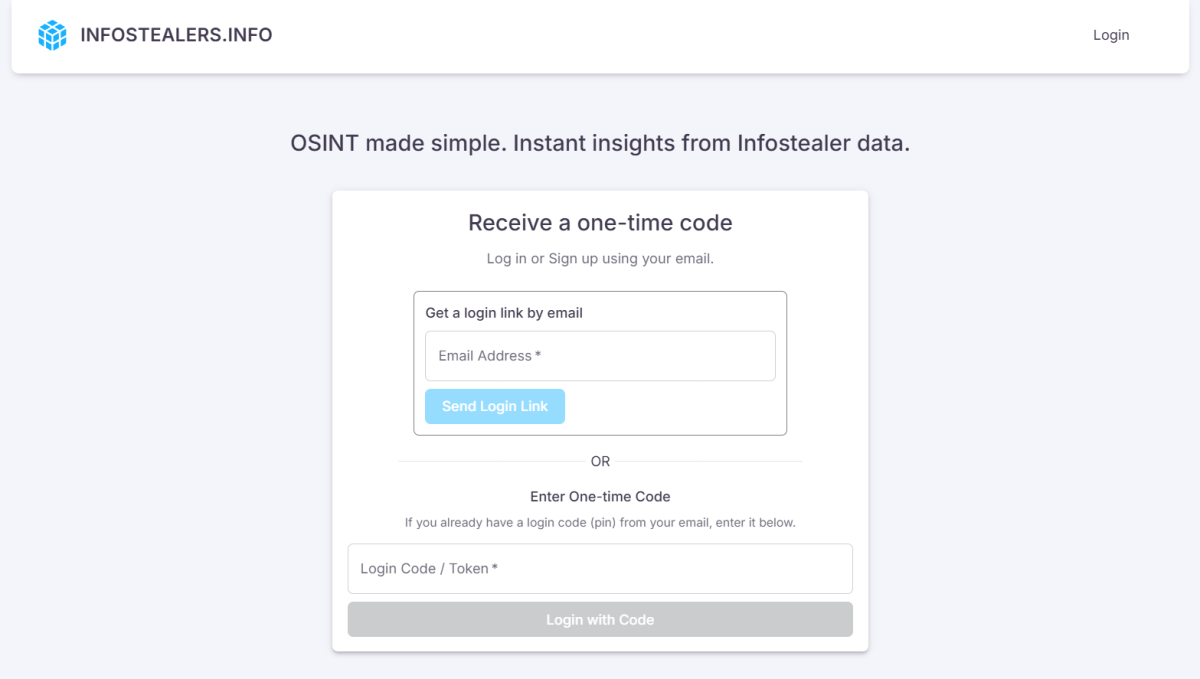https://www.autoblog.com/news/breakthrough-hydrogen-fuel-production-uses-3-unlikely-ingredients
Engineering experts get ‘in the ballpark’ of green hydrogen
Researchers at the Massachusetts Institute of Technology (MIT) have found a way to produce hydrogen gas with a smaller carbon footprint by combining recycled soda cans with seawater and caffeine. Most current methods for hydrogen fuel production are less eco-friendly due to their reliance on fossil fuels, but MIT’s study found that its alternative manufacturing process could be applied at an industrial scale.
The team of researchers calculated the carbon emissions associated with sourcing and processing aluminum, reacting it with seawater for hydrogen production, and transporting it to fuel stations. They found that for every kilogram of hydrogen produced, the process would generate 1.45 kilograms of carbon dioxide over its entire life cycle, 9.55 kilograms fewer than traditional fossil-fuel-based methods. One kilogram of hydrogen can take a hydrogen fuel cell car 37 to 62 miles on average, and the team calculated the cost of their fuel production method as $9 per kilogram.

The study’s assessments centered on using recycled aluminum, as it saves a significant amount of emissions compared to mining for aluminum. Salt in seawater proved valuable due to its ability to sustainably precipitate gallium-indium, a rare-metal alloy that effectively removes aluminum’s protective oxide layer, exposing pure metal that produces hydrogen when combined with seawater. The researchers were unable to source gallium-indium from regular water, as oxygen causes aluminum to instantly form a shield-like layer that won’t readily cause a reaction, which caffeine helped speed up.
Dr. Aly Kombargi, a recent MIT mechanical engineering graduate who was the study’s lead author, said in a release from the university: “We’re in the ballpark of green hydrogen. One of the main benefits of using aluminum is the energy density per unit volume. With a very small amount of aluminum fuel, you can conceivably supply much of the power for a hydrogen-fueled vehicle.”
What this hydrogen production method could look like at scale
Regarding commercial-scale production, these MIT researchers outlined the process as starting with scrap aluminum from a recycling center, shredding that aluminum into pellets, and treating it with gallium-indium, then transporting the pellets as aluminum fuel instead of moving hydrogen, which can be volatile. The ideal fuel station would be near a seawater source, and these researchers are exploring underwater production applications. The team was able to make life cycle assessments for their hydrogen manufacturing method using Earthster, a software tool pulling data from a vast repository of products and processes.
Their extensive assessments included primary aluminum mined from the earth versus recycled aluminum, while also evaluating different aluminum and hydrogen transportation methods. The researchers found that once its process using recycled aluminum was complete, it left behind boehmite, an aluminum-based byproduct used in semiconductor and electronic production, which could be sold to manufacturers, further reducing costs, Tech Explorist reports.

Final thoughts
Kombargi’s team discovered how recycled aluminum pretreated with a gallium-indium alloy and seawater could facilitate hydrogen fuel production in 2024, but during conferences, the researchers were frequently asked about the method’s carbon footprint and cost. Subsequently, extensive trials allowed the team to determine that for every kilogram of hydrogen produced, the process would generate 1.45 kilograms of carbon dioxide over its entire life cycle, 9.55 kilograms fewer than traditional fossil-fuel-based methods. The process’s cost of $9 per kilogram is comparable to the price of hydrogen generated with other green technologies such as wind and solar energy, creating a complementary solution.
via Autoblog https://ift.tt/H7WAMLq
July 23, 2025 at 04:09PM




